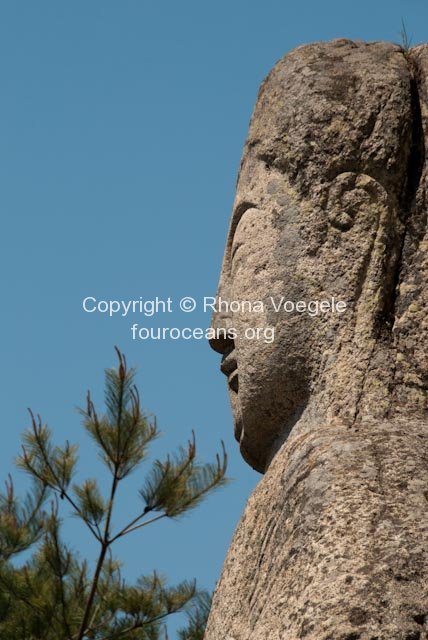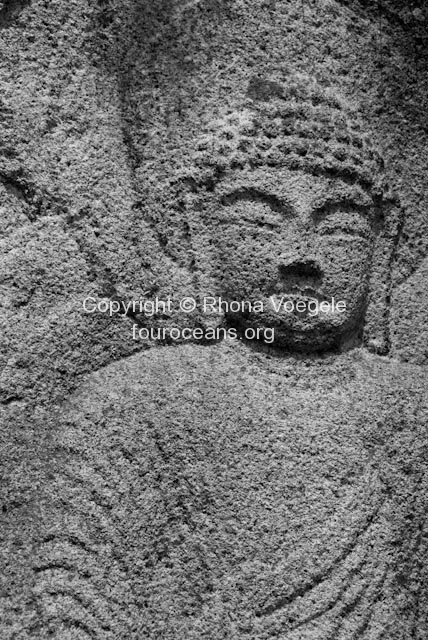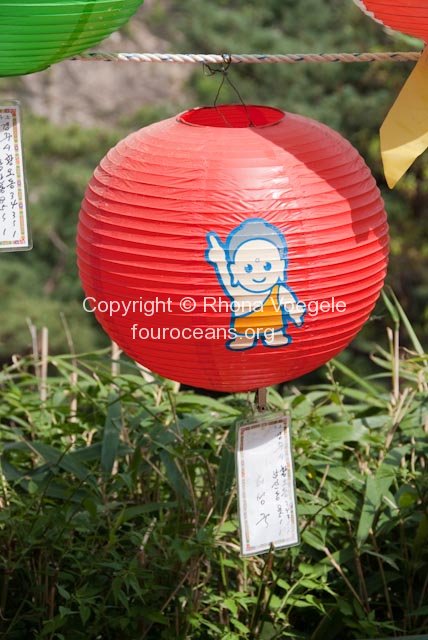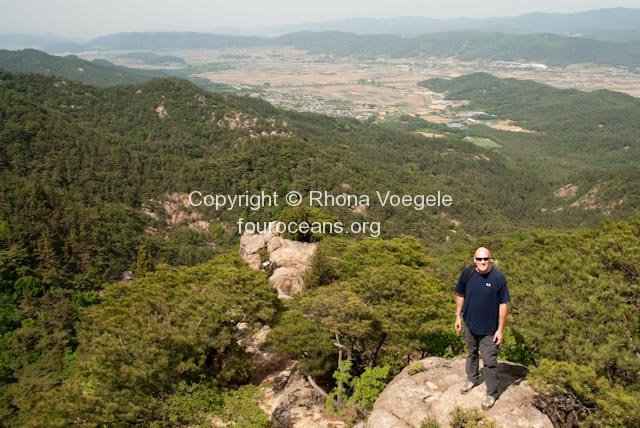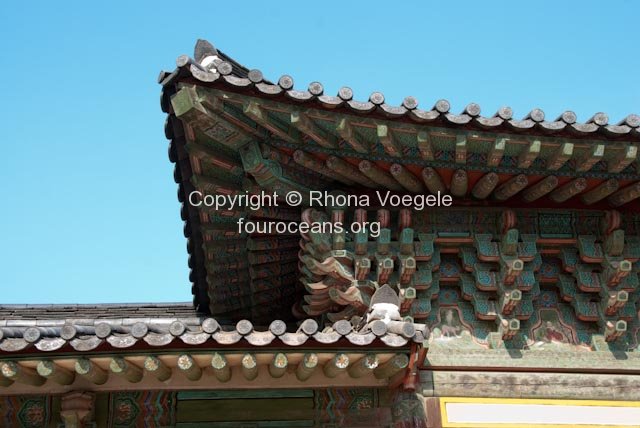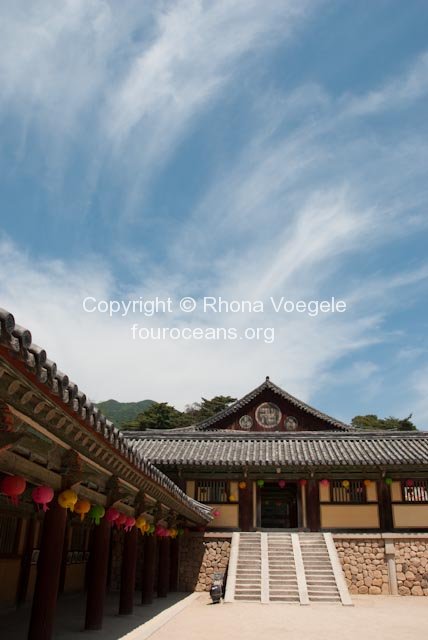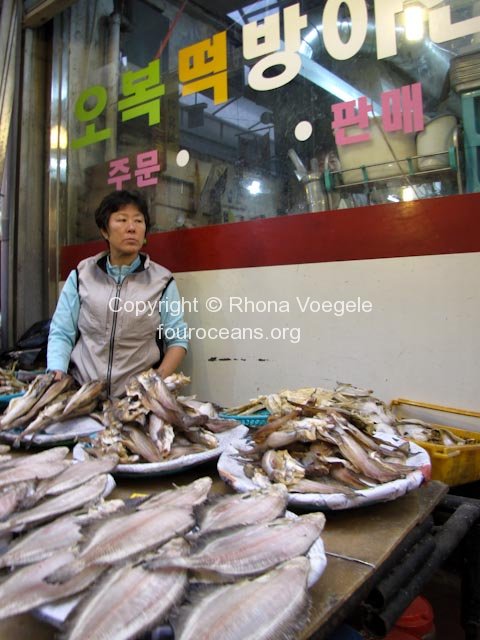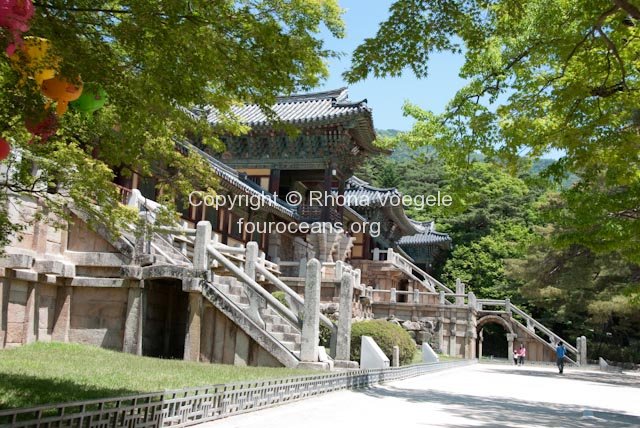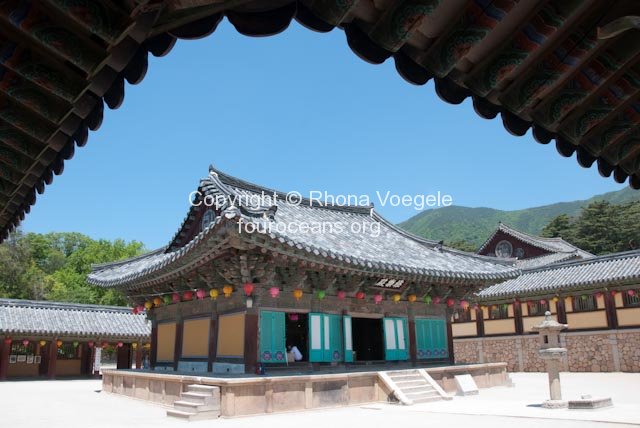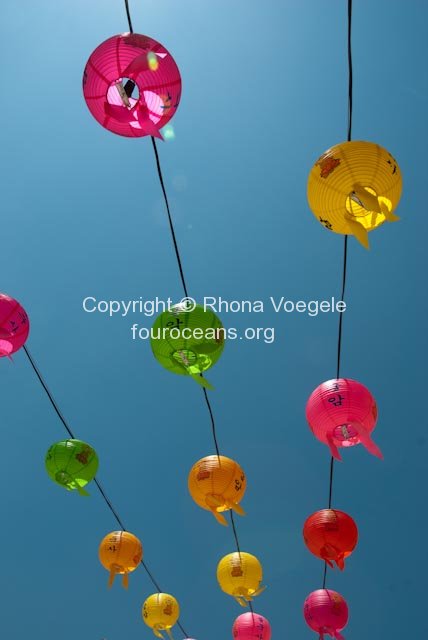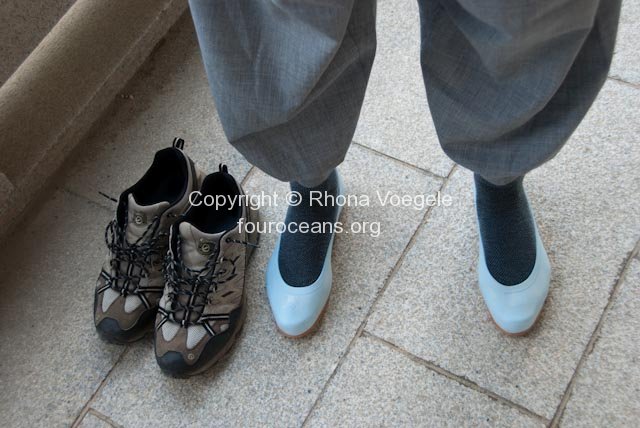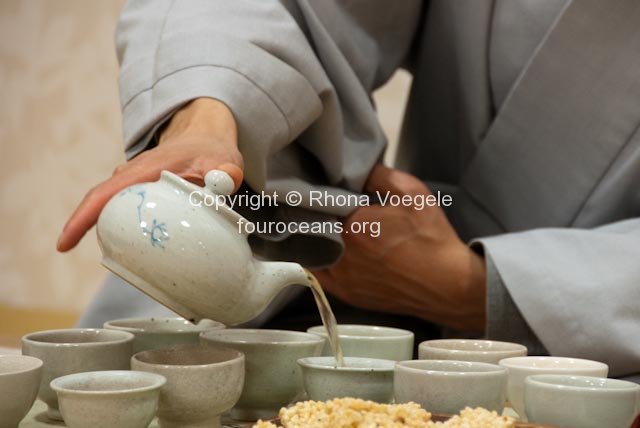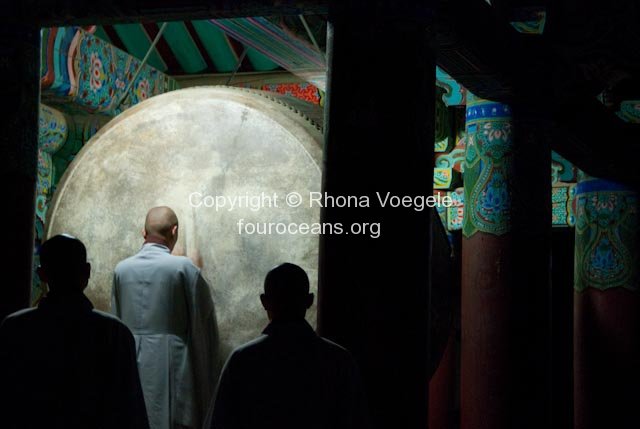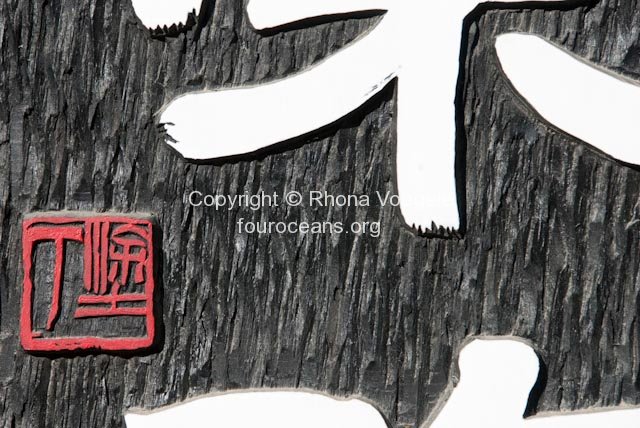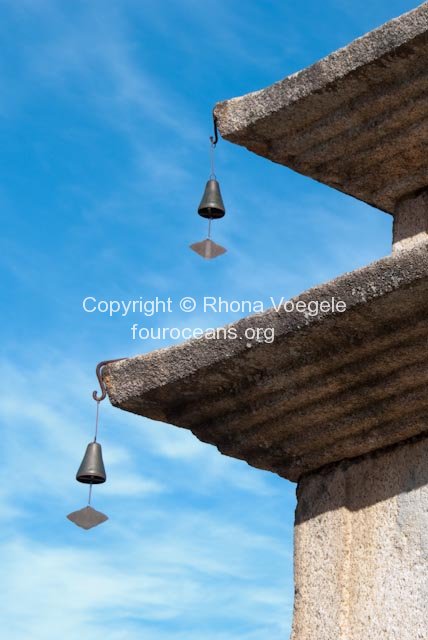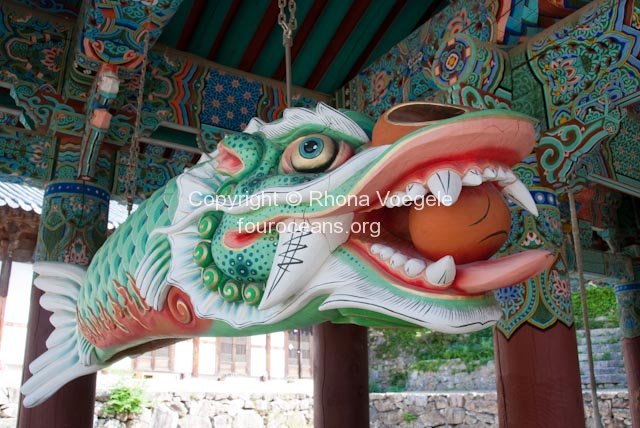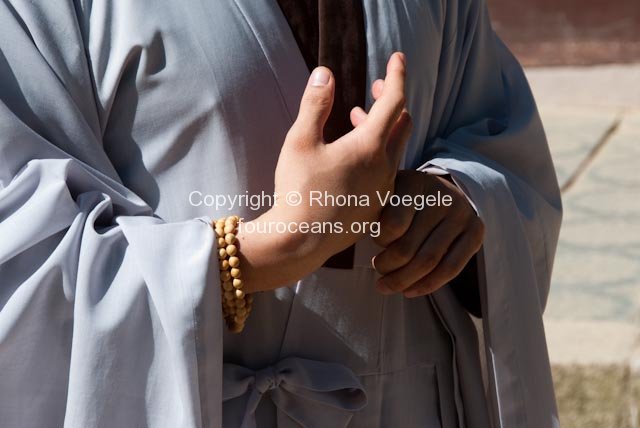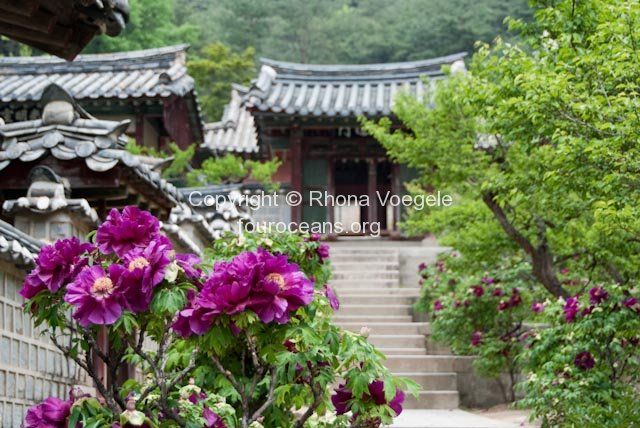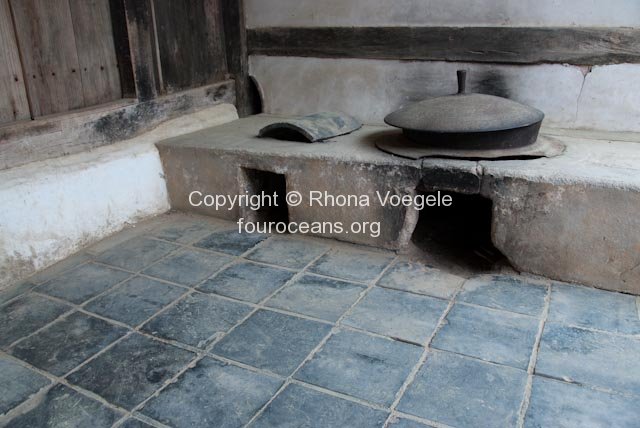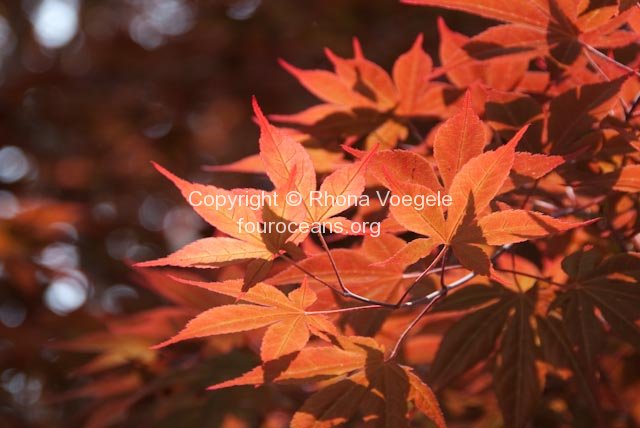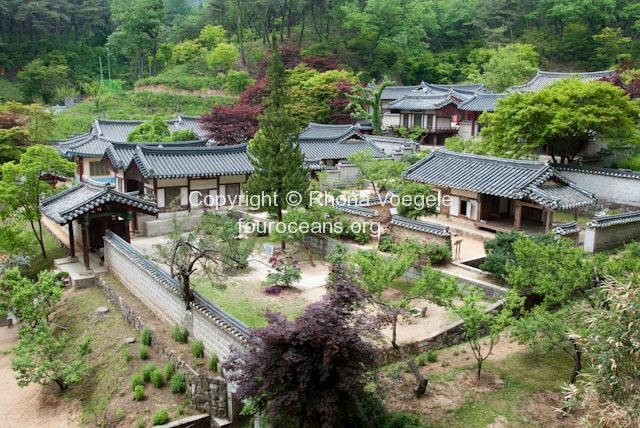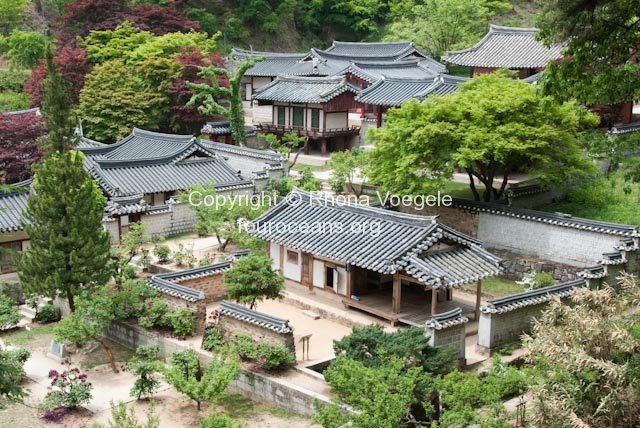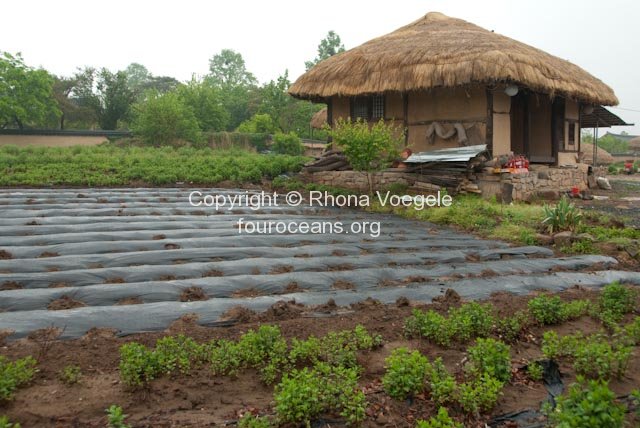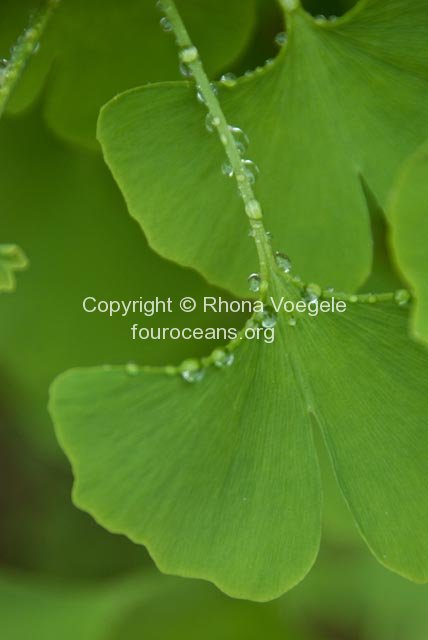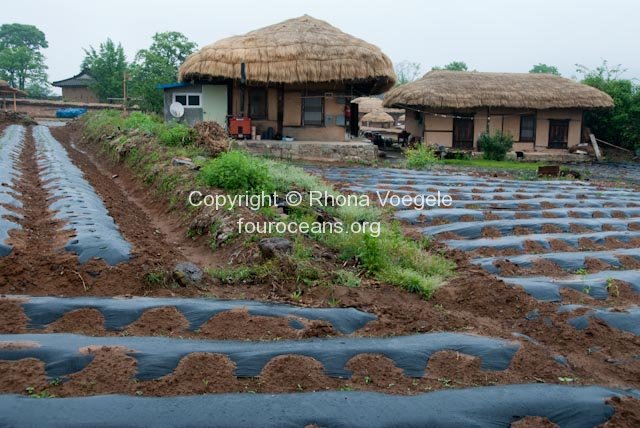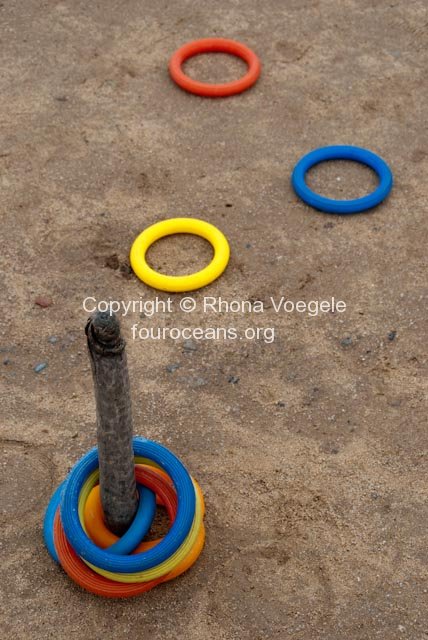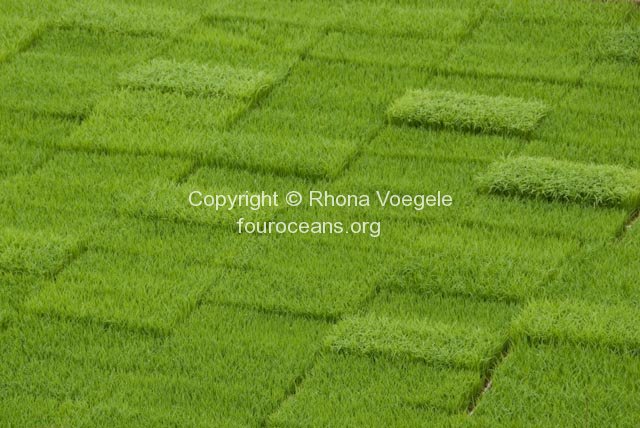Posts Tagged ‘Yangnyeongsi’
–
–
After a full week in and around Gyeongju it was finally time to leave, but not before I headed back to Bulguksa temple to photograph it without the Buddha’s birthday crowds. We also visited the Gyeongju national museum which had plenty of fantastic artefacts including a dice used in ye olde drinking games a few hundred years ago. It had commands like “recite a poem”, “remain immobile while someone tickles your face”, “drink it up and laugh loudly” and “drink 3 cups of liquor at a stretch” (i.e. scull).
En route to Haeinsa temple we stopped in Daegu to explore the Yangnyeongsi Medicinal Herb Market. Originating in 1658 as a biannual market it has long been the biggest herb market in Korea, exporting throughout Asia. The wholesale market wasn’t on while we were in town but we browsed the streets full of shops selling everything from tree bark to seahorses. We asked a shop owner (using a combination of English, Japanese and sign language) what the seahorses were for? Ground up and made into a paste with water they gave you strength. And the dried flying lizards? Also for “strength” he said, winking at Brett. We also found out that for illnesses of the upper body you should take the medicine after food and for illnesses of the lower body before food.
The delicious smell of all the herbs made us hungry so we stopped in to a small hole in the wall. An elderly lady joined us and at one stage when the owner was trying to tell us something I thought I heard the lady say something in Japanese. Sure enough, she was speaking Japanese. At 84 she’d been born after Korea had been a colony of Japan for about 15 years and a quick check of my guidebook mentioned that the Japanese had made Koreans to abandon their own language. She said she studied Japanese for 4 years and went over to Japan at age 20. Two years later when the war ended she came back. I wished that I spoke better Japanese, I’m sure she’s got some fascinating stories.
From Daegu we headed to Haeinsa temple to spend a night there through the Temple Stay program. It gave us a lighter version of the monastic life. We did 108 bows, meditated, ate the most complicated meal I’ve ever experienced and got up at 3am but all in all they made the experience accessible for your average first timer. The temple itself has so many cultural treasures that incense isn’t allowed and has two items of UNESCO world heritage. In four specifically designed buildings from the 13th century are housed the 81,350 carved woodblocks of the Tripitaka, one of the world’s most complete sets of Buddhist literature. Carved over a period of 16 years they have been housed in the buildings which were actually given UNESCO world heritage listing before the incredible contents for some reason.
During the temple stay we wore grey outfits given to us. Unfortunately for Brett (size 13 foot) they also gave us slippers. It seems monks or people visiting temples in Korea don’t come in Brett size and so he minced about like an oaf in ballerina slippers for the duration of our stay. I’m not sure if small shoes could be considered as one of the 108 sufferings of human life? Twice during our stay we joined the monks for a service in the main hall. The sound of over 100 voices chanting in unison is always amazing.
From the temple we headed to Andong where we found a room in a hotel that had pink mood lighting, condoms in the vending machine and business cards with scantily clad women adorning the walls and stairs. Nearby is Dosan Seowan and Hahoe Folk Village, both great daytrips from the main city. Founded in 1561 by a prominent scholar, Dosan Seowan was a Confucian academy where students lived and studied. Nestled among the trees in a narrow valley fronting a river there is a dormitory, a lecture hall, a shrine, a library and a printing place. The Hahoe Folk village is also a daytrip from town and we headed there today, braving the drizzle. Our first rainy day in Korea. Members of the Ryu family have lived in the bend of the Nakdong River for about 600 years in traditional thatch roof and tiled houses. Despite hundreds of years of history the museum at the entrance was almost entirely dedicated to a visit by Queen Elizabeth in 1999. Displays included a shovel that she used to plant a fir tree, a desk that she sat at and, confusingly, a fan that was presented to her. I particularly liked a plastic model of the feast of 47 16th century dishes that she was given on her birthday. The Queen apparently enjoyed her stay and commented “Andong is a futuristic city where traditions and culture are well preserved.”
Tomorrow we head to Jeongdongjin to visit a North Korean submarine and then Seoraksan National Park for some hiking.
Tags: Andong, Bulguksa, Daegu, Gyeongju, Haeinsa, Herb market, Yangnyeongsi
